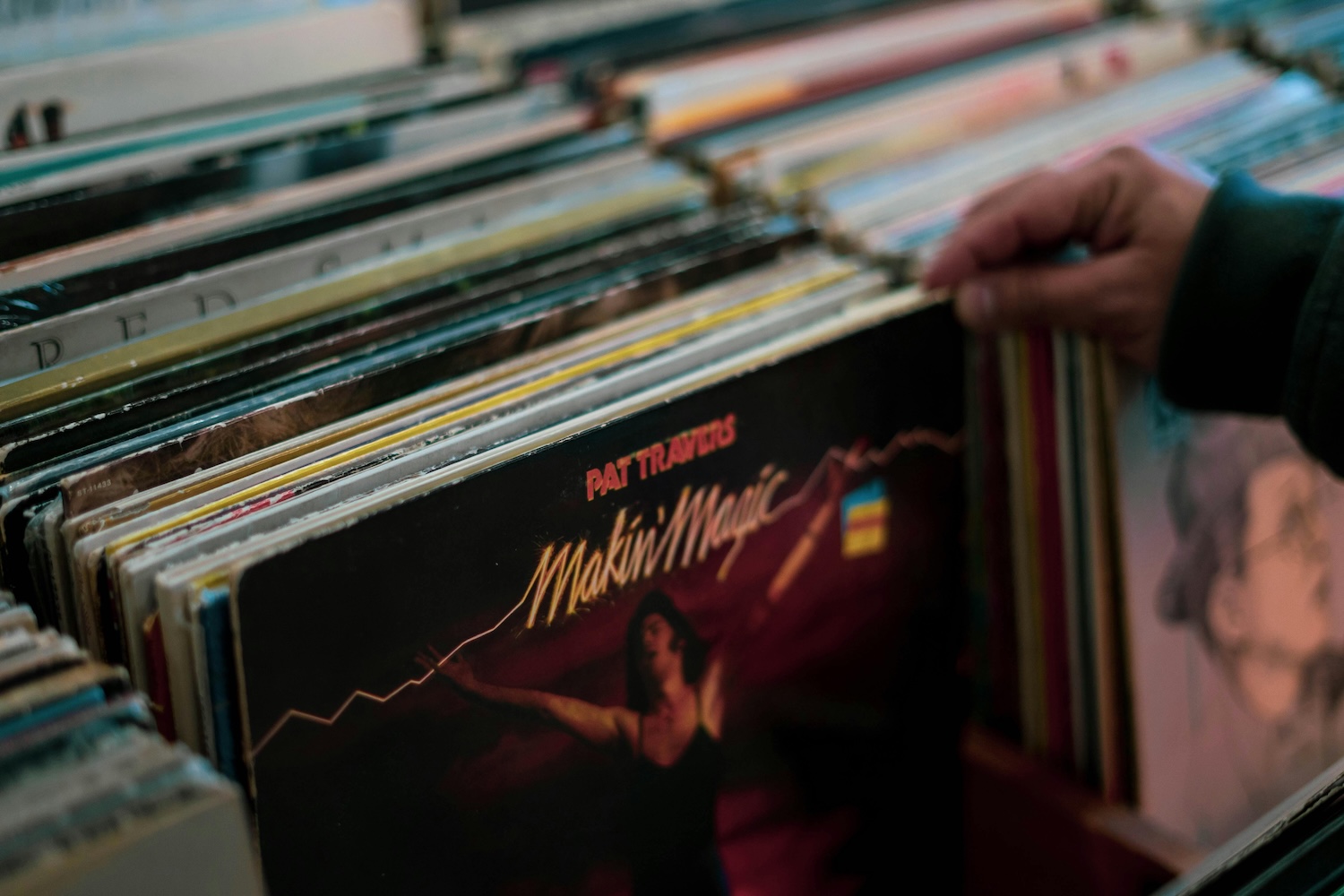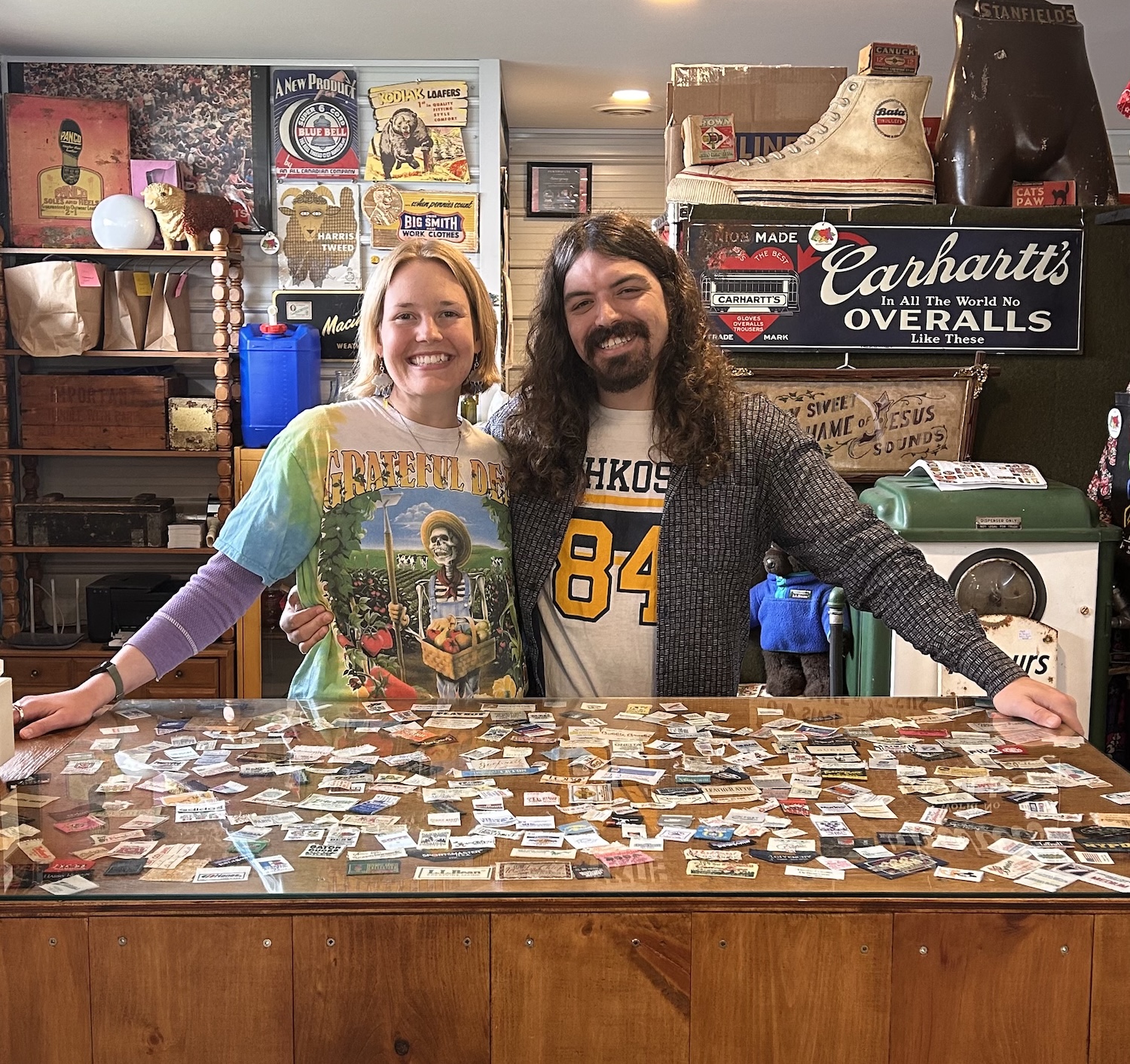Why has vintage shopping become “expensive”? Watch our interview on TVO
Watch our media interview about secondhand fashion on TVO's The Agenda with Steve Paikin
The rise in thrift store prices is a perennially hot topic, and on Mar. 13 I had a chance to share a little of the backstory as to what's contributing to the shift on TVO's The Agenda with Steve Paikin in a segment about secondhand fashion.
Producer Laetitia Dogbe asked me about some buzzy topics in the resale space of interest to consumers including resale apps and the departure of Vinted, mindful consumption, high thrift store prices, the difference between thrift and secondhand stores and the value of what a vintage dealer offers.
Watch it below.
Find vintage and secondhand events near you
View event calendar
In the video, I mentioned that one way consumers can navigate the pricing landscape is to educate themselves about what they are buying.
Another way is to buy from reputable dealers and meet the people behind the shops. One of the best parts of shopping small is actually getting to know who you are purchasing from — it'll help you to understand the prices they set.
Two major things have had an impact on how consumers view prices set by the secondhand boutique/vintage reseller set.
One is the prices at thrift stores, which have remained relatively low until recent years. As I mentioned in the video, though, a secondhand boutique is offering a different service than a thrift store — and generally to a different type of customer — and the owner should be compensated for that. The prices should not mirror those at the thrift store.
The second is the prevalance of “firsthand” fast fashion/furniture/decor, which have made us as a society devalue the worth of all items. If a shirt costs $8 at Shein, it's because the person who made it got paid two cents. Shirts should not cost $8.
So if a shirt at a vintage or secondhand store costs $40, it's because someone visited probably 10 locations to find it, from auctions to estate clearouts to wholesalers to everywhere in between, then offered it in a stylized setting so that the consumer could have the experience of selecting from a curated, boutique-like inventory.
That service should be — and is — reflected in the price of a vintage item sold by a dealer, and that's why it appears “expensive.”
Would love to hear from you in the comments!
Thank you for valuing our work!
Support our work to see this page.
You’ve got a good eye, but this gem is only available for members. Register for a plan or upgrade your current one to peek behind this vintage curtain, or log in below.
















